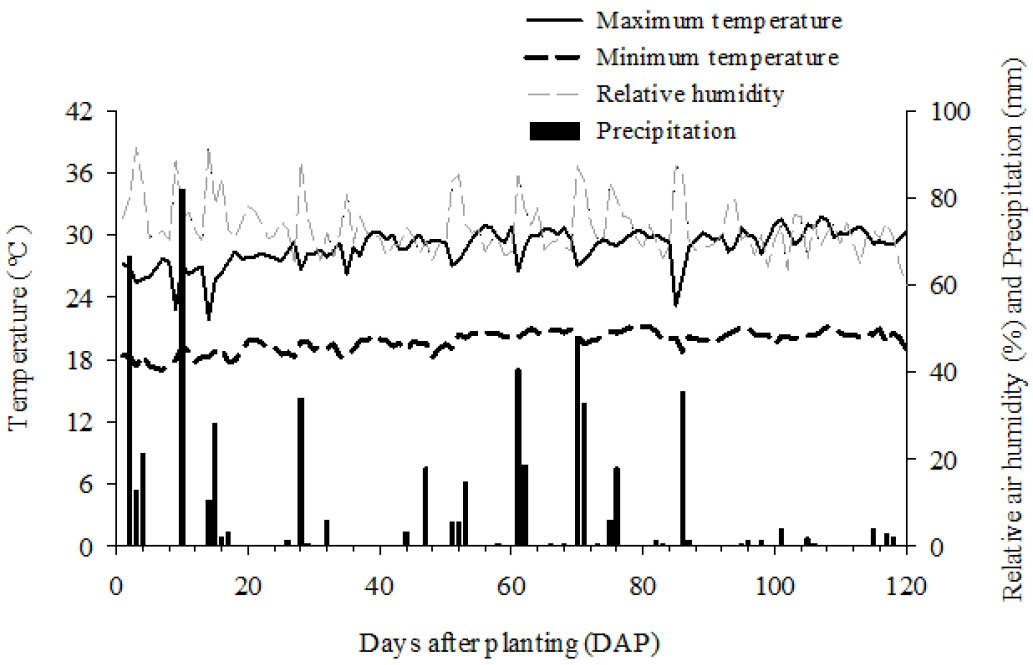HIGHLIGHTS:
All sources and splitting of the potassium fertilization resulted in a yield higher than the national marketable yield for sweet potatoes.
Potassium sulfate promoted a greater marketable yield when split by 50% at planting and 50% at 60 days after planting.
The highest foliar potassium concentration was with potassium sulfate at 100% at planting.
ABSTRACT
Sweet potatoes are an important staple food for human consumption. This study evaluated sweet potato yield in response to potassium fertilization using different sources and splitting. It was conducted at the Universidade Federal da Paraíba, Areia-PB. A complete randomized block experimental design was used in a 7 × 2 factorial arrangement. The fertilization was split into seven treatments (100% after planting; 100% at 30 days after planting (DAP); 100% at 60 DAP; 50% after planting and 50% at 30 DAP; 50% after planting and 50% at 60 DAP; 50% at 30 DAP and 50% 60 at DAP; 33% after planting, 33% at 30 DAP, and 33% at 60 DAP). Two fertilization sources were used, namely potassium chloride and potassium sulfate, with three replicates. Plant fresh mass, mass of marketable roots, production of marketable roots per plant, leaf K concentration, total and marketable root yields were evaluated. Chloride and sulfate potassium efficiently increased the fresh mass of the plant and the mass of marketable roots, respectively. The marketable yield of the roots (25.16 and 22.28 Mg ha-1) was higher than the national average (14.07 Mg ha-1) when K2O was supplied in the sulfate and potassium chloride sources, respectively. The leaf K concentration remained within the standard levels for the crops under chloride and potassium sulfate fertilization. Potassium sulfate application results in higher sweet potato yields. When supplied in a single application, chloride and sulfate potassium increase the total and commercial yield only when the plants are at 60 DAP.
Key words:
Ipomoea batatas; chloride; mineral nutrition; sulfate

 Thumbnail
Thumbnail
 Thumbnail
Thumbnail
 Source: INMET Automatic Weather Station of Areia, PB, Brazil
Source: INMET Automatic Weather Station of Areia, PB, Brazil
 Fertilization splitting means followed by the same letters do not differ statistically by the Scott-Knott test at p ≥ 0.05. DAP: days after planting
Fertilization splitting means followed by the same letters do not differ statistically by the Scott-Knott test at p ≥ 0.05. DAP: days after planting